The Quasi-Alliance
Japan’s formal ally is the United States alone, but recent years have seen bilateral relations with other partners develop to a “quasi-alliance” level. Among these partnerships, the relation with Australia is the most important and strongest in terms of security.
Interestingly, both countries lie on the same longitude, with Australia being referred by Japanese officials as “the friend on the same 135th meridian east.”
Japan and Australia are both democratic nations in Asia who share fundamental values such as freedom, human rights and rule of law, making them natural allies against an emerging China.
The recent deepening of relations has been a continued effort in response to China, and the two nations find their interests aligning more than ever.
While Australia has become Japan’s foremost security partner other than the US, Tokyo plans to upgrade the partnership by temporarily deploying its Air Force (JASDF) to Australia.
Military cooperation between Japan and Australia have long been in progress, with both sides conducting joint exercises on each other’s territories, but the deployment of JASDF units will take this to a new level.
Japanese Fighters In Australia
Japan’s Ministry of Defense intends to send JASDF units to Australia for a specific period, including transport planes, aerial tankers and even fighter jets. Along with the necessary maintenance crew, these aircraft will be deployed on a rotational basis to Australian bases, though the length of such temporal stay is yet to known.
Certainly, this will further strengthen the quasi-alliance by fostering trust and interoperability between the two militaries. Just to note, Japan and Australia both use the US-developed F-35 stealth fighter, so sharing skills regarding operation and maintenance will be mutually beneficial.
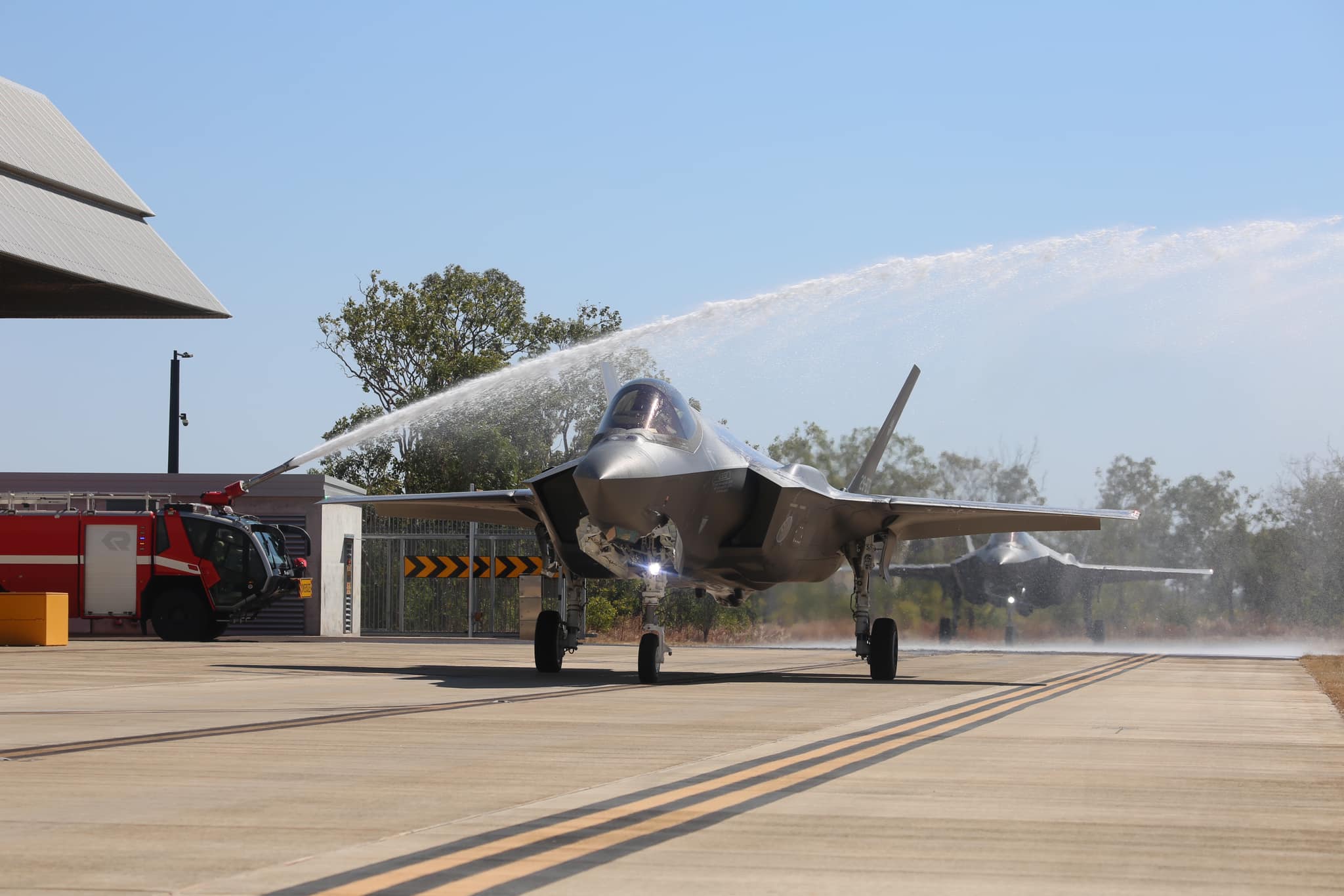 Japanese F-35s arriving in Australia for training (photo: JASDF)
Japanese F-35s arriving in Australia for training (photo: JASDF)
For Japan, the vast airspace of Australia provides a favorable training environment for JASDF pilots compared to the limited training space back home. Surely, most JASDF pilots would love to fly over a continental airspace rather than a densely populated island.
The deployment also offers the opportunity for JASDF personnel, whether aircrew or ground staff, to improve their English language proficiencies – something JASDF has been working on extensively to enable smoother cooperation with English-speaking allies.
Some Legal Concerns
When it comes to deploying Japanese troops to Australia and vise-versa, both countries have already signed the an agreement for facilitating such reciprocal visits: the Reciprocal Access Agreement(RAA).
Nonetheless, the domestic legal barrier within Japan remains an issue.
Japan basically restricts any overseas deployment of its Self-Defense Forces, and has always struggled to figure out an legal loophole. As for this case, the Japanese Government justifies the deployment as a temporal, mobile deployment for training purposes, which is allowed by the current law (though this excuse seems a bit unreasonable).
Another legal concern is the possibility of exercising collective self-defense while stationed in Australia. If an attack on Australia occurs during the deployment, JASDF units would certainly be expected to fight alongside their Australian counterparts.
However, legal restrictions hamper Japan’s use of a full-scale collective self-defense and limits it to specific conditions. In a pragmatic sense, Tokyo will find ways to circumvent this restriction and live up to Canberra’s expectations, but domestic concerns may spark debate regarding the nature of self-defense.
Securing JASDF’s Safe-Haven
Now, as much as the rotational deployment of JASDF units aim to reinforce the quasi-alliance, there is another significant aspect that cannot be overlooked – securing a safe-haven and preserving some force during a crisis.
Although air power is crucial to achieving battlefield superiority, the assets including fighter jets are extremely dependent on ground bases which are relatively vulnerable targets.
Japanese air bases will be targeted in the early stages of an actual conflict, degenerating combat strength from the start. Therefore, air assets will need to take off immediately before being destroyed on the ground and prevent any quick achievement of enemy air superiority – an invaluable lesson proved by the Ukrainian Air Force during the initial stages of the Russo-Ukrainian War.
JASDF recognizes the importance of such air evacuation, and the rotational deployment to Australia will keep at least some units out of the enemy range.
While this guarantees a military sanctuary for Japan, the existence of JASDF fighters in Australia will surely complicate any adversary’s calculations to some extent. Not only the enemy cannot wipe all JASDF units in an initial strike, but they will be compelled to take these overseas assets into account as well.

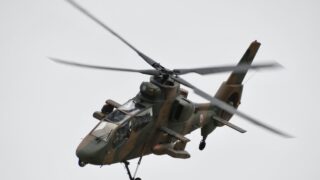
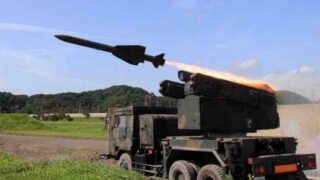
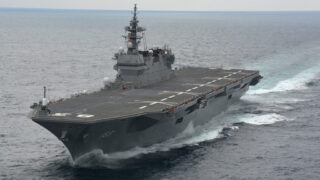
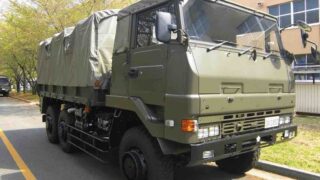



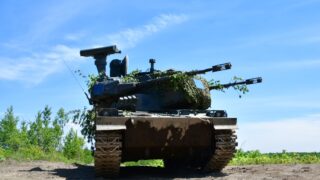
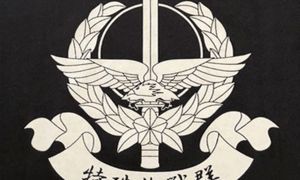
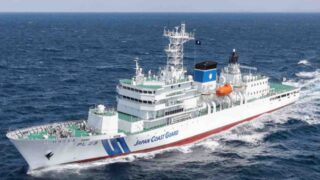
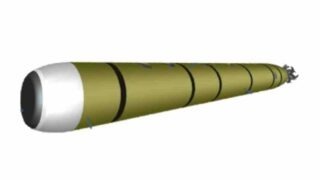
-320x180.jpg)
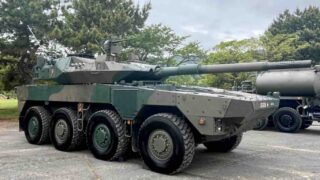
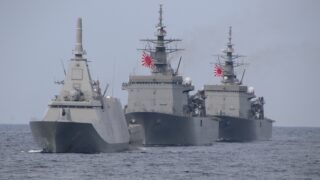
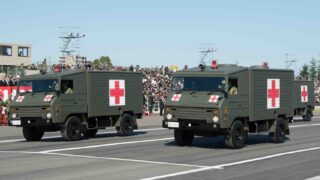
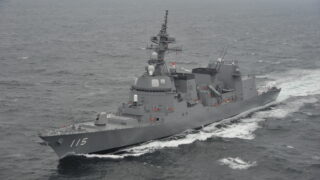
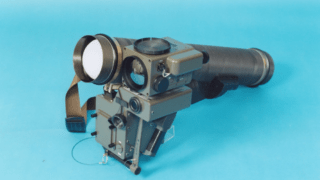
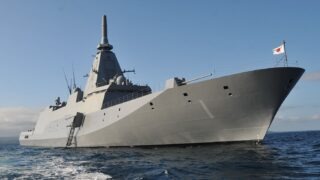
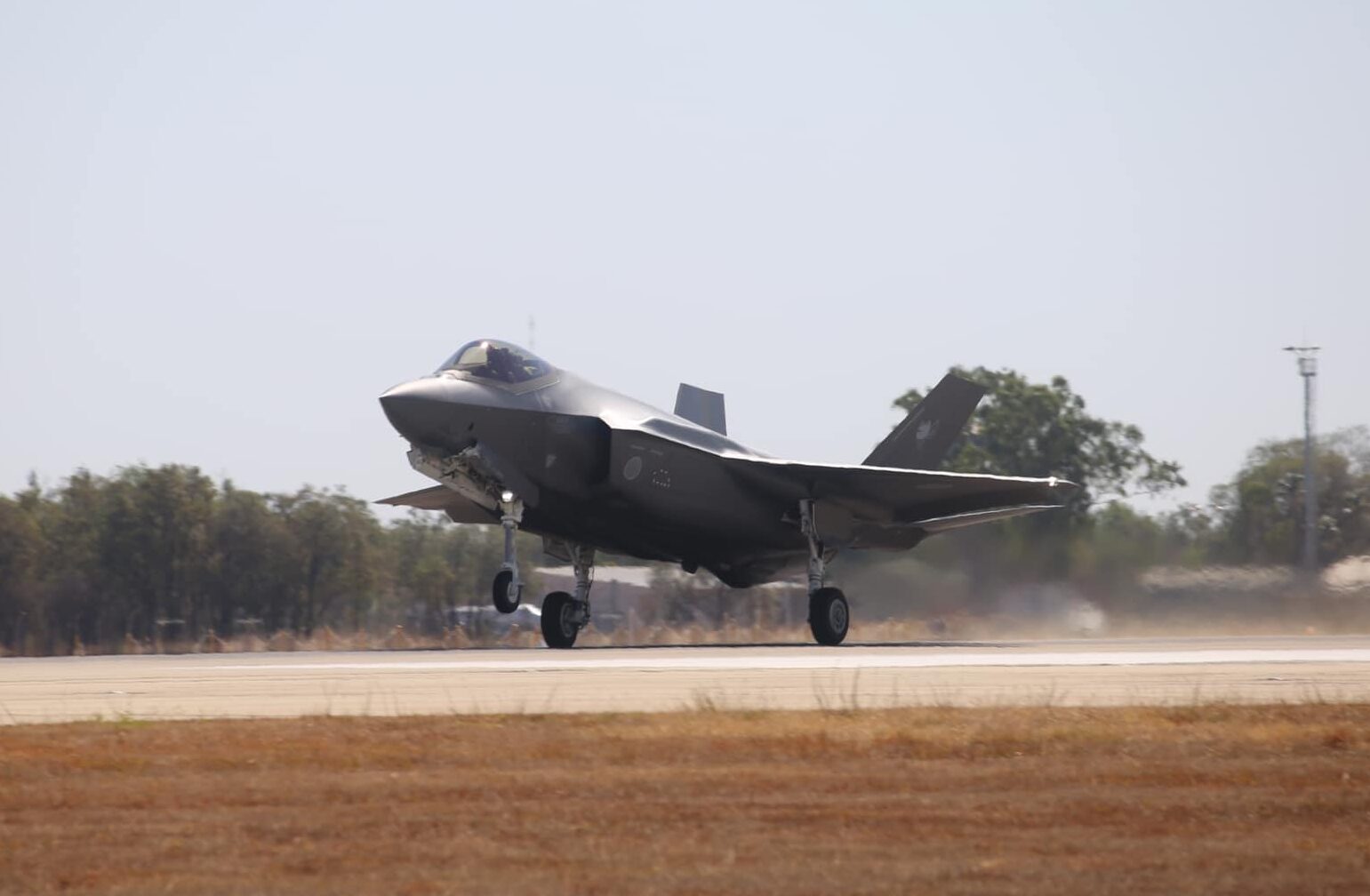
Comments